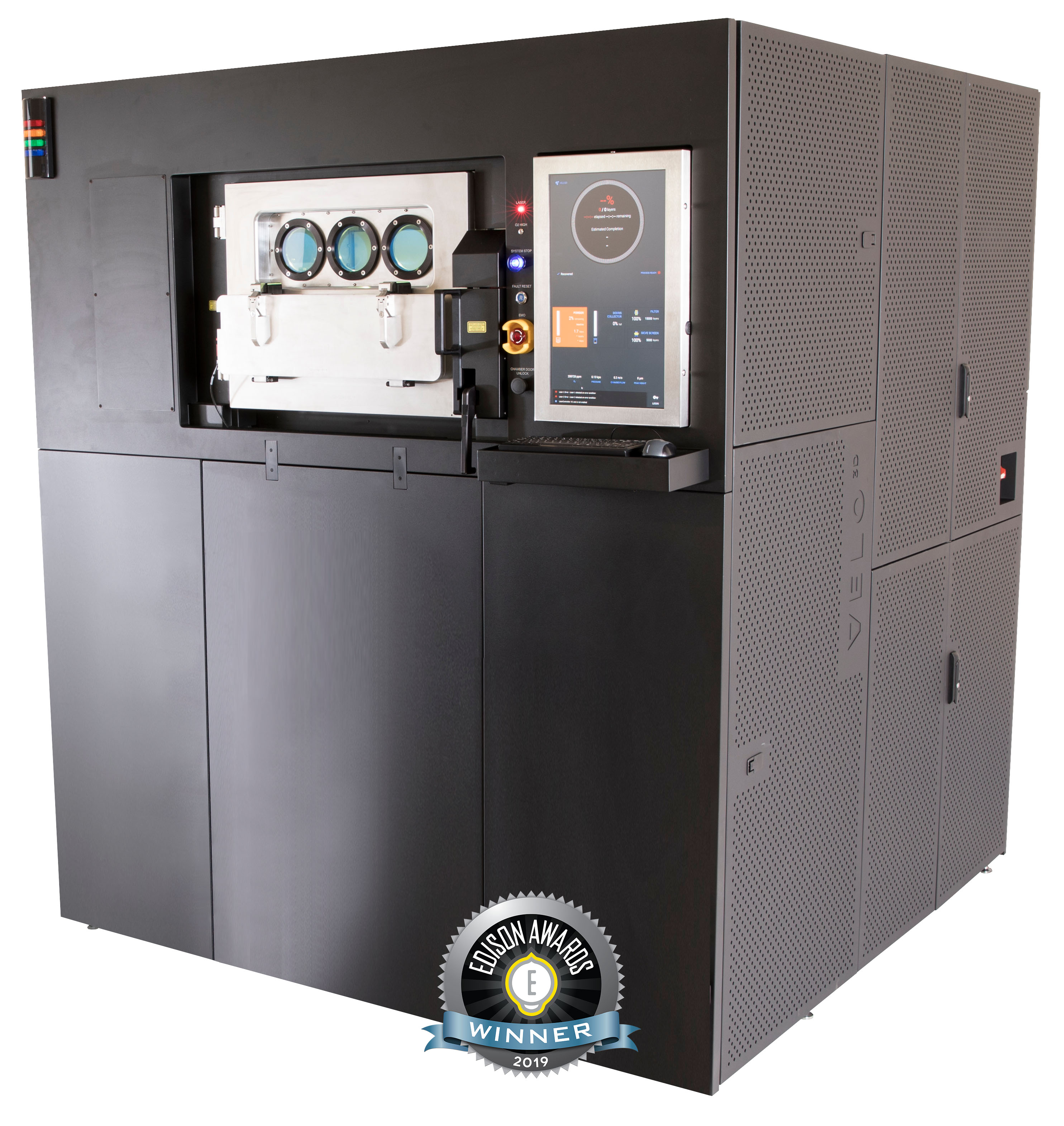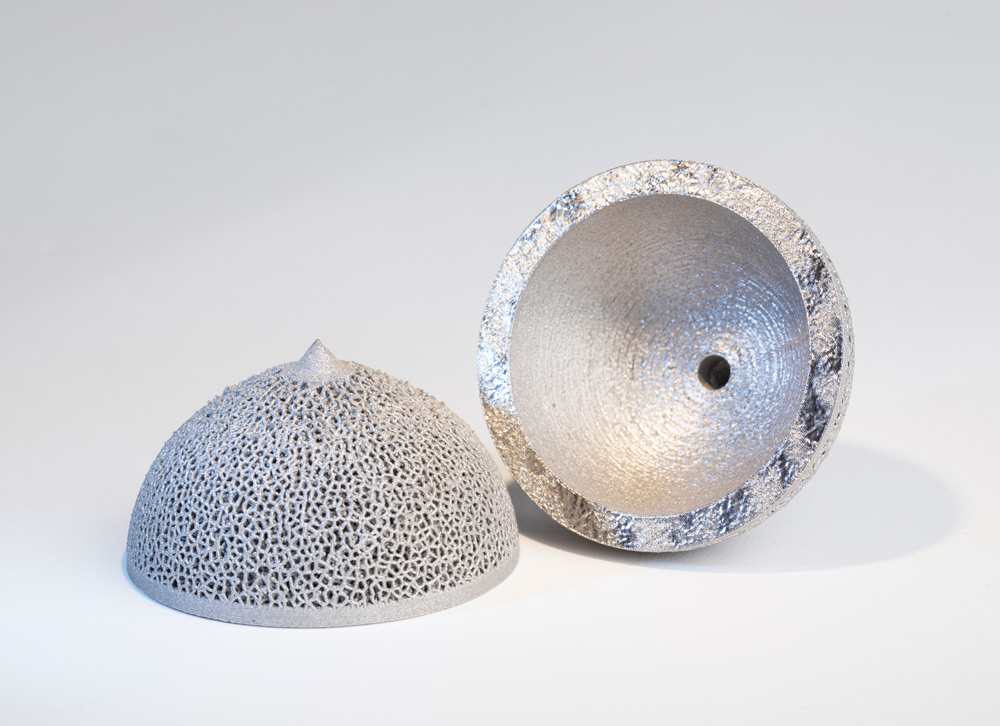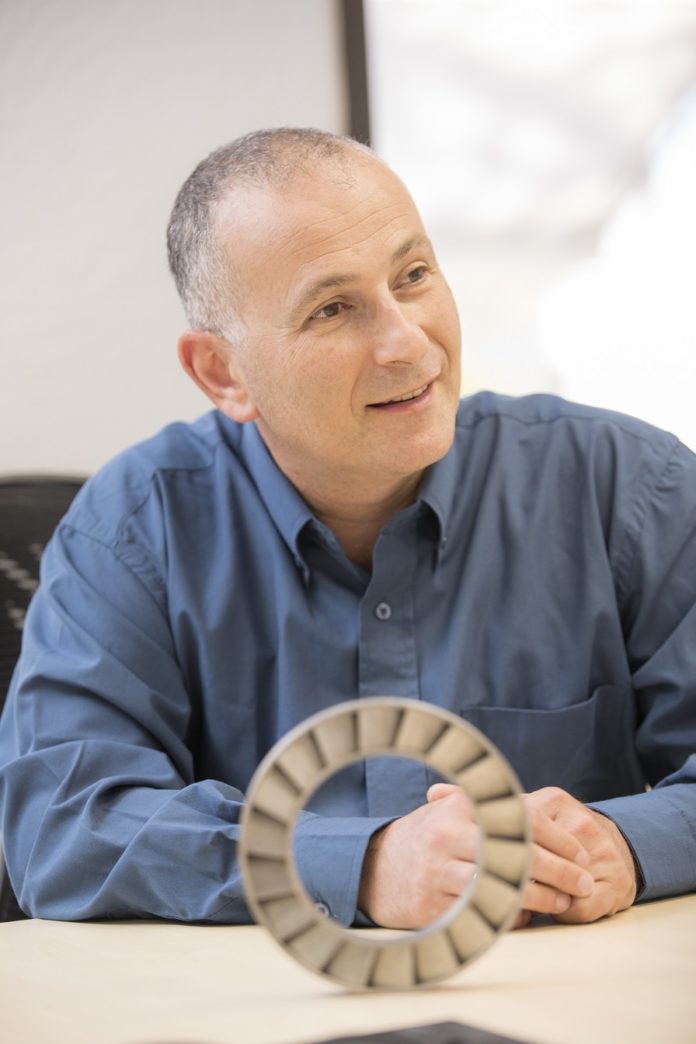While Velo3D was founded in 2014, it first appeared on the media landscape last year when it officially launched its laser-based Sapphire 3D printer. Intelligent Fusion™ and Flow™, its print preparation software, are at the heart of the company’s innovation.
After many years in stealth mode, Velo3D began to sell the Sapphire™ in Q4 2018. They reported sales of $2 million at the end of the quarter. During the first half of this year, they reported sales of $15 million. Today, they plan to end this year with sales that fall between $25 million & $30 million.
Amid Velo3D’s exciting growth, we caught up with the CEO and Founder to discuss the propeller of the company’s success. #OpinionoftheWeek
Earlier in his career, Benny Buller worked in the semiconductor industry. As the former VP of technology of First Solar, an American photovoltaic manufacturer of rigid thin-film modules or solar panels, he developed multidisciplinary expertise that raised his appetite for investments in new technologies.

As a previous investor at Khosla Ventures, Buller considered 3D printing a breakthrough technology that can print any geometry. Indeed, one of the companies he invested in actually leveraged additive manufacturing to build rocket engines. It took the team around 16 weeks to receive prototypes using metal AM. Curious to know why the production process was that long, he investigated and realized that none of the geometries this team wanted to print was manufacturable. They needed to change their design to manufacture those parts additively, and this runs counter to the principles of AM: “invent whatever you want.”
Velo3D has therefore been created to address this limitation and help advance AM beyond the hype: being able to print any geometry.

Usually, the limitations of one technology lead to the creation of another. In this specific case, what technology led to the development of Intelligent Fusion?
Intelligent Fusion has been created based on powder bed fusion. When we look at the metal AM industry, about 80% of the technologies are based on powder bed fusion. I truly believe that laser powder bed fusion is a unique technology, but it also has its range of limitations which we aim to address.
What exactly does “Supportfree 3D Printing” mean?
We created a technology where a designer can decide what object they want to print without having to think about support structures. In other terms, they are free from the constraint of supports in the design of the object.
There might be some supports that are left on the part, but they are always easy to remove. However, we found out that almost any object or part we can make, does not require any supports where we usually want them.
Is that the main feature that makes Velo3D outstanding?
Yes, that’s the main feature. The reason behind this is related to the fact that metal AM is not dependable enough for serial manufacturing.
Why is that?
There is a lot of hype around what metal AM can enable, but very few end users have actually crossed the chasm into serial manufacturing. The reason is simple: it takes decades to develop a new product. This time can be even longer when a new manufacturing technique is leveraged.
GE Aviation and Stryker are the rare companies that stand out from the crowd because they have been able to achieve significant production via AM.
Why aren’t there more prolific use cases for high volume manufacturing using metal AM?
It’s because designing for additive manufacturing (DfAM) takes a long time. Well, we have realized that the easiest way to achieve significant production via AM is to take legacy parts that are not designed for AM and solve the issues so that they can be additively manufactured.
This business issue could be a fragile supply chain. Many businesses still encounter challenges because they only rely on in-house traditional manufacturing techniques. That’s why those companies face hurdles when, for instance, they need to manufacture a single part. Such an issue is likely to occur during the development of new products.
However, taking the giant leap into AM comes with an array of advantages, including the simplification of supply chain complexity and inventory reduction.
At Velo3D, we focus on allowing companies to produce parts without having to redesign the original one. To achieve this goal, our strategy here consists in making perfect replicas of the original part. That’s what enables them to take their first steps in AM.

What’s required for metal 3DP to be viable in production?
Qualification is the primary step that needs to be ensured in a manufacturing environment, yet remains one of the most significant limitations when it comes to AM. Furthermore, AM has been slow in deploying quality control.
If you think about how a part is made via AM, it includes thousands of steps. Each of these steps is uniquely and digitally controlled. Semiconductor manufacturing, for instance, requires hundreds of manufacturing stages. The whole process can therefore take several months. To avoid realizing at the end that there was a step that raised an issue, you need to control quality at every single step of each stage.
In AM, we have been working on a quality management system (QMS) that we will release soon. A pilot program has been launched with a few beta customers.
This QMS will address two main issues:
– Is my system ready to print parts?
– Can the system validate each part that it produces?
Through this QMS, we aim to provide users with complete and accurate information that will enable them to produce parts that meet their demanding requirements.
– The third point that will complete this list is the supply chain, a process that needs to be ensured to enable actual production.
There are many companies that buy parts they need, but due to the lack of quality control, they have to integrate design & manufacturing capabilities in-house to achieve serial production, which inevitably takes time.
Our business model, therefore, almost entirely relies on how to enable companies to ensure their supply chain.
While working with OEMs, we looked at their portfolio of parts and identified how we could overcome different challenges they encountered in their supply chain and where they will consider harnessing AM.
We then support them by demonstrating how Velo3D’s system is viable for the production of their parts. After a test that confirms the viability of our system, we create a match between this OEM and a contract manufacturer that would buy our system to supply parts to this OEM.
In the end, a real dependable manufacturing system requires integrating process controls capable of producing quality parts with less post-processing and above all, to achieve the desired production outcomes.
In this industry, 3D printing contract manufacturers are certainly the players that are ready to shift focus towards series production.
Your last word?
Our goal is to move AM from an experimental tool to a real manufacturing tool. We are not in the business of prototyping; this is a business focused on serial production from day one.
You can now post free of charge job opportunities in the AM Industry on 3D ADEPT Media. Featured Image via ReutersFor further information about 3D Printing, follow us on our social networks and subscribe to our newsletter : Facebook, Twitter, LinkedIn & Instagram !Would you like to be featured in the next issue of our digital magazine? Send us an email at contact@3dadept.com
https://pagead2.googlesyndication.com/pagead/js/adsbygoogle.js
(adsbygoogle = window.adsbygoogle || []).push({});






